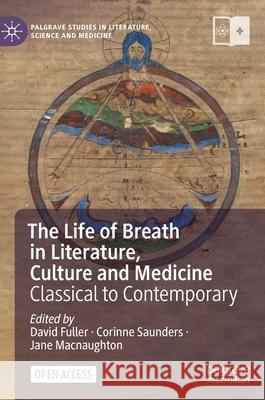The Life of Breath in Literature, Culture and Medicine: Classical to Contemporary » książka
topmenu
The Life of Breath in Literature, Culture and Medicine: Classical to Contemporary
ISBN-13: 9783030744427 / Angielski / Twarda / 2021 / 555 str.
The Life of Breath in Literature, Culture and Medicine: Classical to Contemporary
ISBN-13: 9783030744427 / Angielski / Twarda / 2021 / 555 str.
cena 201,72
(netto: 192,11 VAT: 5%)
Najniższa cena z 30 dni: 192,74
(netto: 192,11 VAT: 5%)
Najniższa cena z 30 dni: 192,74
Termin realizacji zamówienia:
ok. 22 dni roboczych.
ok. 22 dni roboczych.
Darmowa dostawa!
Kategorie:
Kategorie BISAC:
Wydawca:
Palgrave MacMillan
Seria wydawnicza:
Język:
Angielski
ISBN-13:
9783030744427
Rok wydania:
2021
Wydanie:
2021
Numer serii:
000778134
Ilość stron:
555
Waga:
0.83 kg
Wymiary:
21.01 x 14.81 x 3.17
Oprawa:
Twarda
Wolumenów:
01
Dodatkowe informacje:
Wydanie ilustrowane











